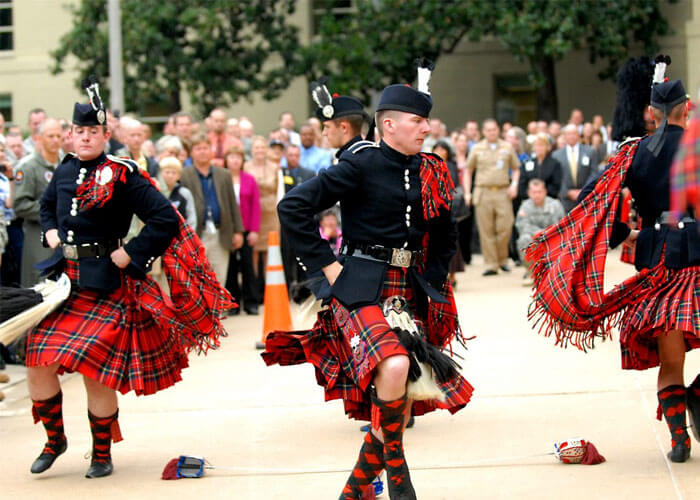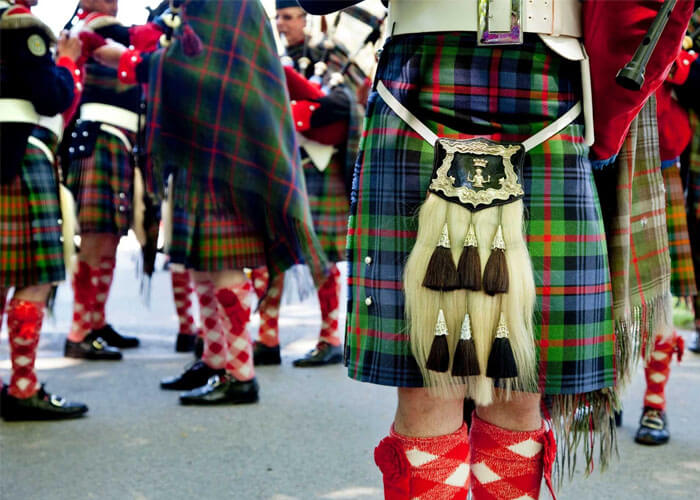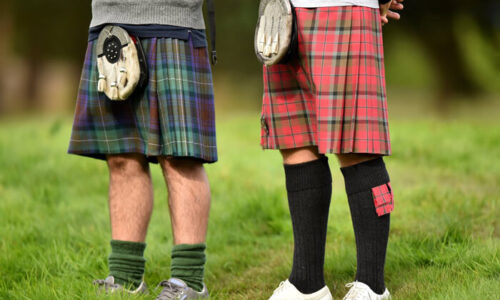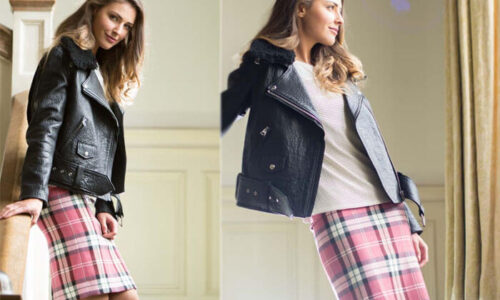The following is a brief introduction to the topic:
Scottish traditional clothing has a long history, and it has changed significantly over the years. Each element of Scottish traditional clothing has its own meaning and tells a story. From kilts to tartans, from distinct accessories. This article will explore the evolution of Scottish traditional clothing, examining the historical context and influential factors that have shaped it.

Scottish Traditional Clothing: Origins
Scottish traditional clothing has its roots in centuries-old traditions. Early Celts who lived in Scotland wore clothing made of wool, linen and animal skins. These early clothing forms were practical, as they provided protection from the harsh weather conditions that prevailed in the area.
See here: kilt Jackets & Vests | Prince Charlie, Argyle, Doublet Jackets
Scottish Traditional Clothing: The Effect of Historical Events
- Roman Influence There was a blending of cultures during the Roman occupation in Scotland in the first century AD. This left an impression on Scottish traditional clothes. The Romans brought new fabrics, garment styles and sewing techniques to Scotland, which influenced the evolution of Scottish clothing.
- Viking Era During the 8th-11th centuries AD, Viking raids on Scotland and their settlements had a major impact on Scottish fashion. The Vikings brought new weaving patterns and techniques, including houndstooth designs and herringbone designs. These became an important part of Scottish traditional clothes.
- Highland Dress Act of 1746 After the Jacobite Rebellion, the Highland Dress Act of 1746 came into effect. This act banned the wearing of Scottish Highland clothing, such as kilts or tartans. This act was intended to suppress Scottish culture, and weaken potential rebellions. This ban led to an increase in interest in Scottish traditional clothes.
The Evolution of Key Scottish Garments
Kilts: Ancient Garments and Iconic Symbols
The kilt is a traditional Scottish garment with a long history. Kilts used to be long, wide pieces of cloth that were wrapped around the body. Over time, kilts evolved into the pleated skirts we recognize today. Kilts are traditionally made of tartan fabric. This is a fabric that consists horizontal and vertical stripes interwoven in different colors.
Tartans: patterns that reflect heritage
The distinctive designs and patterns seen on Scottish garments such as kilts are known as tartans. Each tartan is unique, with its own color and pattern combinations. Tartans have historically served as a way to identify and show pride in clans. They represent their heritage and affiliation.
Sporrans: Practical Accessories with Style
The pouches that are worn on the front of a kilt serve as both a decorative and functional element. Originally made of animal skins and leather, sporrans now incorporate a variety of materials including fur and leather. They are a great way to store things and they complement your overall Scottish attire.
Ghillie Brogues for Highland Terrain
Ghillie Brogues are traditional Scottish footwear, designed to navigate the rugged Highland terrain. The shoes have open laces and decorative perforations called broguing. Ghillie Brogues are an important part of formal Scottish clothing, adding elegance to the ensemble.

Scottish Traditional Clothing FAQ
Q: Why did the kilt come to be associated with Scottish culture?
Through its historical significance, the kilt has become synonymous with Scottish culture. The revival of Scottish clothing in the nineteenth century and its association with Highland regiments played an important role in popularizing kilts as symbols of Scottish heritage.
Q: Do all tartans have a specific clan?
Not all tartans are linked to specific clans. There are many tartans with clan affiliations. However, there are other tartans called “universal”, “district”, or “district-wide” tartans which are not associated with a specific clan. These tartans tend to be associated with geographic regions or organizations.
Q: Why do you wear a sporran on your head?
Wearing a Scottish sporran has both practical and symbolic value. In the past, the sporran was used as a pouch to store essential items as kilts did not have pockets. The sporran is a symbol of the importance to preserve Scottish traditions. It also serves as an accessory that gives a unique flair to traditional Scottish attire.
Q: Is it only for Scots to wear traditional Scottish clothing?
Scottish traditional clothing isn’t just for Scots. Anyone who appreciates Scottish heritage can wear it. People from all over the world, regardless of Scottish heritage, wear Scottish traditional clothes at special events or occasions to celebrate and honor Scottish culture.
Q: How has Scottish traditional clothing affected fashion trends worldwide?
Scottish traditional clothing is influencing fashion trends worldwide. Unique elements from Scottish clothing, like tartans, kilts and accessories such as sporrans have been incorporated in contemporary fashion designs. Designers and fans around the world continue to be inspired by the aesthetic appeal and cultural significance that Scottish traditional clothing has.
What will the future look like for Scottish traditional clothing?
Scottish traditional clothing is constantly evolving, preserving the heritage of Scotland while adapting to the modern world. Scottish clothing is constantly evolving to stay relevant and appealing to a wider audience as fashion trends change. The future of Scottish clothing is in its ability blend tradition with modern influences. This will ensure its longevity for many generations.
The conclusion of the article is:
Scottish traditional clothing is a reflection of Scotland’s rich cultural and historical heritage. Scottish clothing has undergone a dramatic evolution, from the Celts of ancient times to the Romans and Vikings. Kilts, sporrans and ghillie shoes are some of the most iconic clothing items in Scotland. They have a timeless appeal and unique charm. Scottish traditional clothing is a testimony to the Scottish culture’s enduring legacy as we embrace the future.
Check out: Mens kilts- Kilts For Every Budget – Great Selection & Prices




